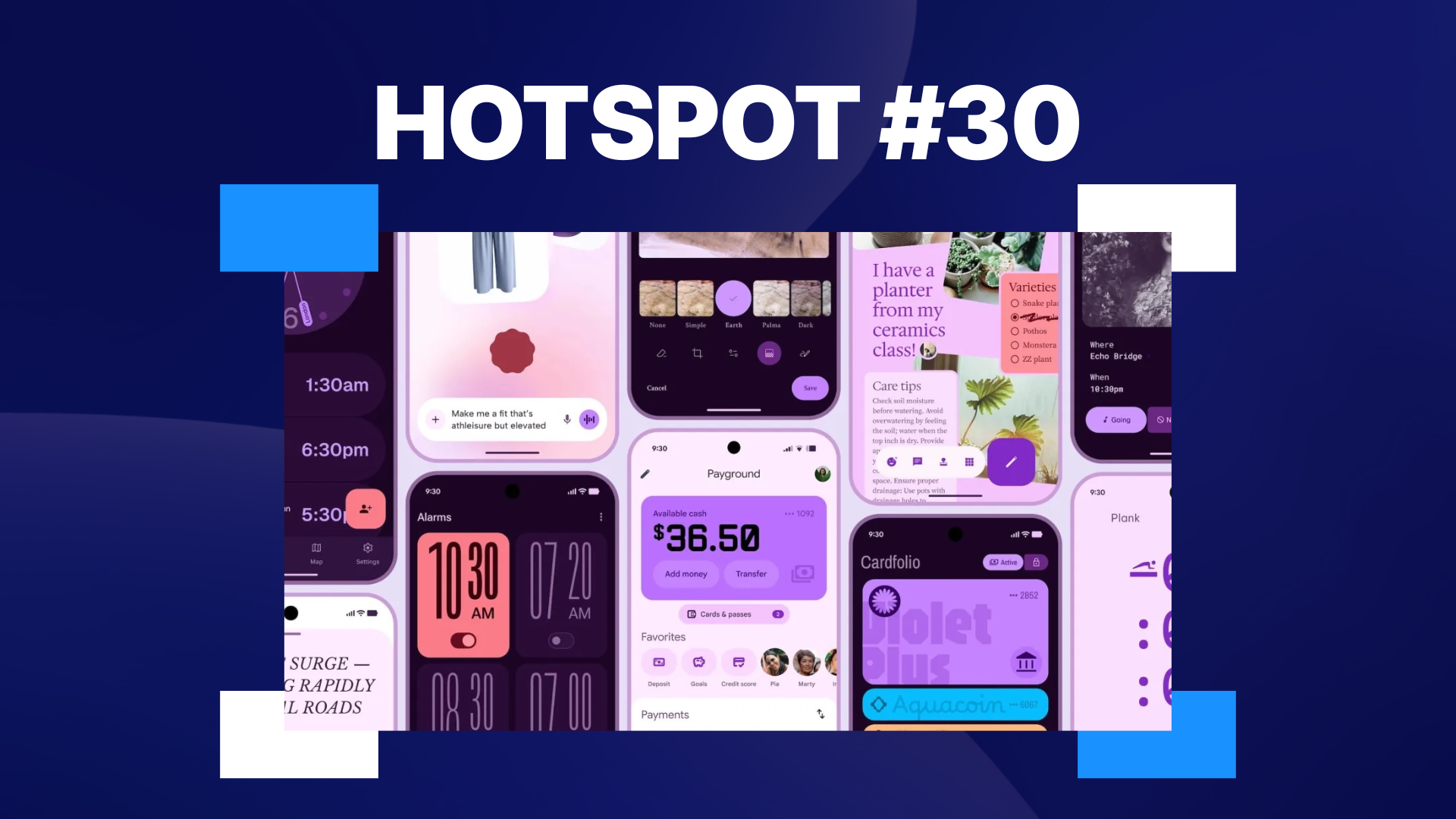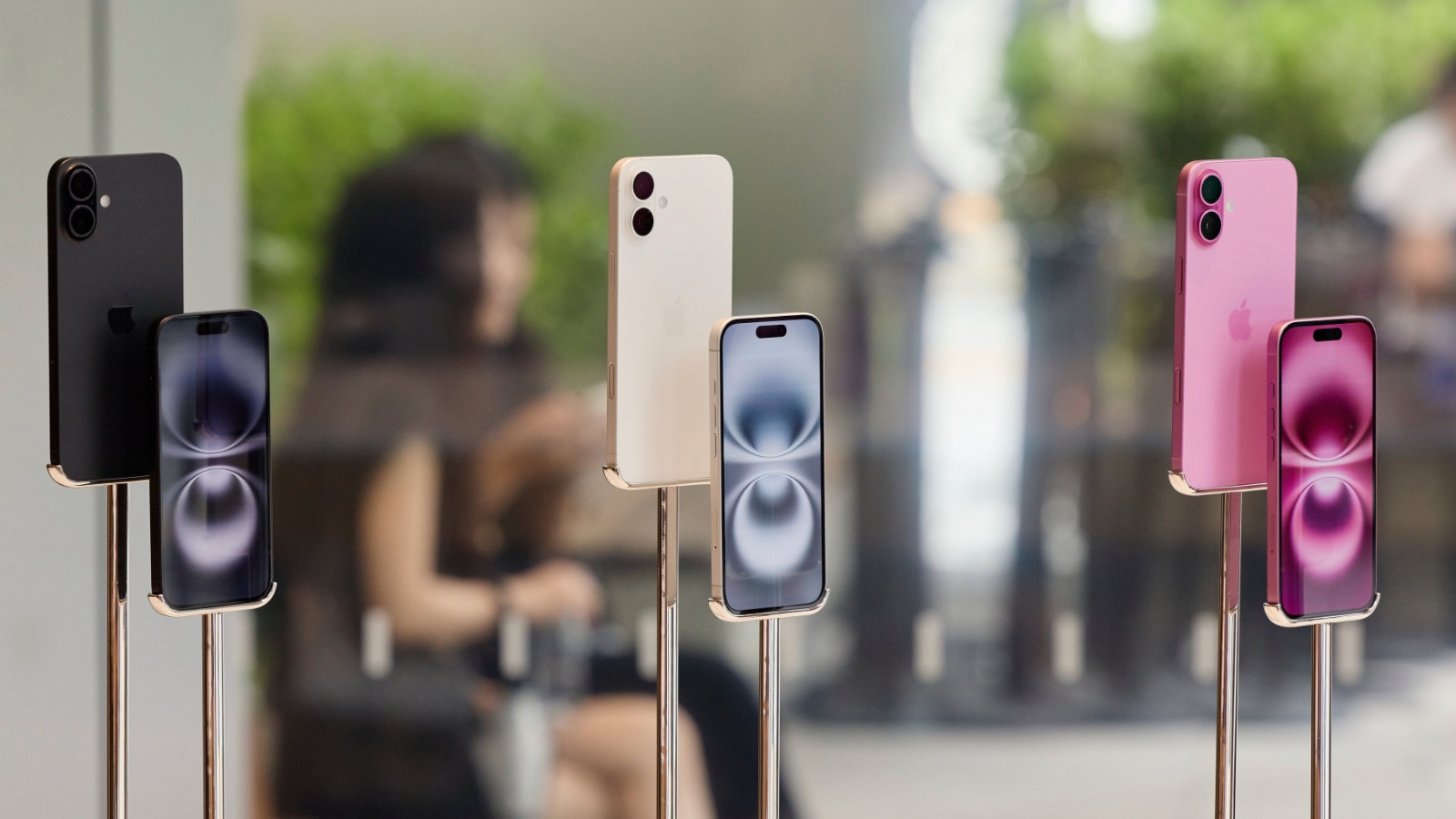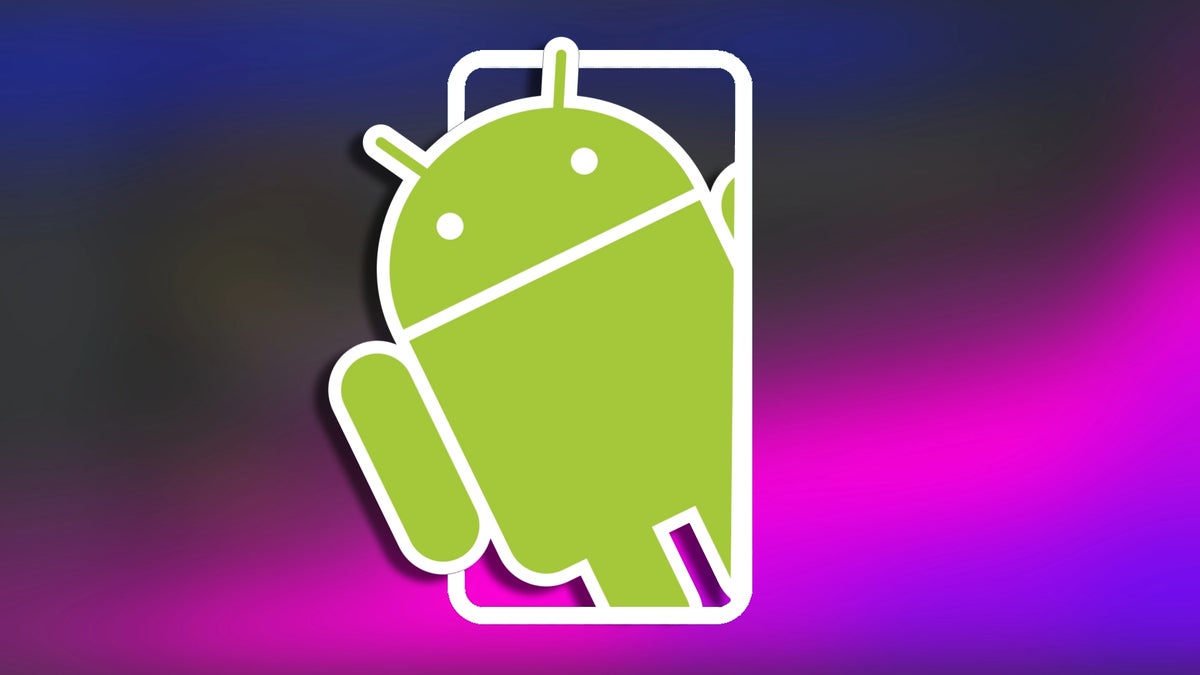Supercon 2024: An Immersive Motion Rehabilitation Device
When you’ve had some kind of injury, rehabilitation can be challenging. You often need to be careful about how you’re using the affected parts of your body, as well as …read more


When you’ve had some kind of injury, rehabilitation can be challenging. You often need to be careful about how you’re using the affected parts of your body, as well as pursue careful exercises for repair and restoration of function. It can be tedious and tiring work, for patients and treating practitioners alike.
Juan Diego Zambrano, Abdelrahman Farag, and Ivan Hernandez have been working on new technology to aid those going through this challenging process. Their talk at the 2024 Hackaday Supercon covers an innovative motion monitoring device intended to aid rehabilitation goals in a medical context.
Motion Project
As outlined in the talk, the team took a measured and reasoned approach to developing their device. The project started by defining the problem at hand, before proposing a potential solution. From there, it was a case of selecting the right hardware to do the job, and developing it alongside the necessary software to make it all work.

The problem in question regarded helping children through rehabilitative therapies. Structured activities are used to help develop abilities in areas like motor skills, coordination, and balance. These can be particularly challenging for children with physical or developmental difficulties, and can be repetitive at the best of times, leading to a lack of engagement. “We wanted to solve that… we wanted to make it more interactive and more useful for the therapies and for the doctors,” Ivan explains, with an eye to increasing motivation for the individual undergoing rehabilitation.
Other challenges also exist in this arena. Traditional rehabilitation methods offer no real-time feedback to the individual on how they’re performing. There is also a need for manual monitoring and record keeping of the individual’s performance, which can be tedious and often relies on subjective assessments.

Having explored the literature on game-based therapy techniques, the team figured a wearable device with sensors could aid in solving some of these issues. Thus they created their immersive motion rehabilitation device.
At the heart of the build is an Arduino Nano BLE33, so named for its Bluetooth Low Energy wireless communications hardware. Onboard is an nRF52840 microcontroller, which offers both good performance and low power consumption. The real benefit of this platform, though, is that it includes an inertial measurement unit (IMU) and magnetometer on board and ready to go. The IMU in question is the BMI270, which combines a high-precision 3-axis accelerometer and 3-axis gyroscope into a single package. If you want to track motion in three dimensions, this is a great way to do it.
For user feedback, some additional hardware was needed. The team added a vibration motor, RGB LED, and buzzer for this reason. Controlling the device is simple, with the buttons on board. In order to make the device easy to use for therapists, it’s paired with a Windows application, programmed in C#. It’s used for monitoring and analysis of the wearer’s performance during regular rehabilitation activities.

The talk explains how this simple, off-the-shelf hardware was used to aid the rehabilitation experience. By gamifying things, users are prompted to better engage with the therapy process by completing tasks monitored by the device’s sensors. Fun graphics and simple gameplay ideas are used to make a boring exercise into something more palatable to children going through rehabilitation.
The team go on to explain the benefits on the clinical side of things, regarding how data collection and real time monitoring can aid in delivery. The project also involved the creation of a system for generating reports and accessing patient data to support this work, as well as a fun connection assistant called Sharky.
Overall, the talk serves as a useful insight as to how commonly-available hardware can be transformed into useful clinical tools. Indeed, it’s not so different from the gamification we see all the time in the exercise space, where smartwatches and apps are used to increase motivation and provide data for analysis. Ultimately, with a project like this, if you can motivate a patient to pursue their rehabilitation goals while collecting data at the same time, that’s useful in more ways than one.











































































































































































![[The AI Show Episode 146]: Rise of “AI-First” Companies, AI Job Disruption, GPT-4o Update Gets Rolled Back, How Big Consulting Firms Use AI, and Meta AI App](https://www.marketingaiinstitute.com/hubfs/ep%20146%20cover.png)






























































































































![Ditching a Microsoft Job to Enter Startup Hell with Lonewolf Engineer Sam Crombie [Podcast #171]](https://cdn.hashnode.com/res/hashnode/image/upload/v1746753508177/0cd57f66-fdb0-4972-b285-1443a7db39fc.png?#)


























































.jpg?width=1920&height=1920&fit=bounds&quality=70&format=jpg&auto=webp#)





















































-Nintendo-Switch-2-Hands-On-Preview-Mario-Kart-World-Impressions-&-More!-00-10-30.png?width=1920&height=1920&fit=bounds&quality=70&format=jpg&auto=webp#)









































































































-xl.jpg)






























![New iPad 11 (A16) On Sale for Just $277.78! [Lowest Price Ever]](https://www.iclarified.com/images/news/97273/97273/97273-640.jpg)

![Apple Foldable iPhone to Feature New Display Tech, 19% Thinner Panel [Rumor]](https://www.iclarified.com/images/news/97271/97271/97271-640.jpg)





































































![[Weekly funding roundup May 3-9] VC inflow into Indian startups touches new high](https://images.yourstory.com/cs/2/220356402d6d11e9aa979329348d4c3e/WeeklyFundingRoundupNewLogo1-1739546168054.jpg)





























